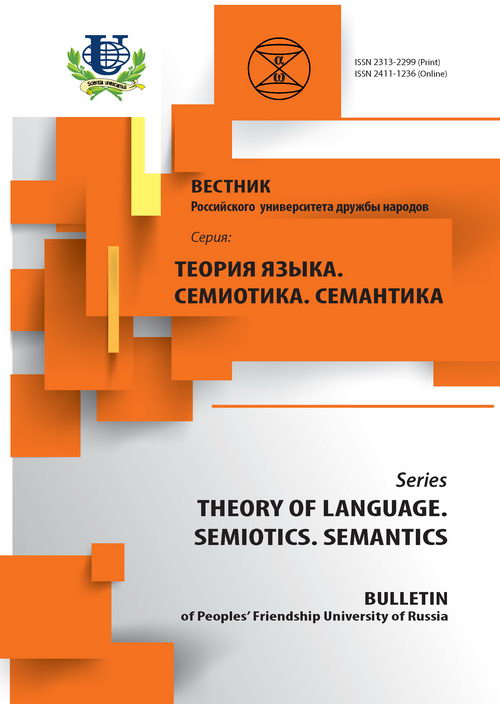Flowers: The Language of the English Art or the Art of the English Language?
- Authors: Shumbassova S.S1
-
Affiliations:
- State University of Humanities and Social Studies
- Issue: No 1 (2016)
- Pages: 52-58
- Section: ARTICLES
- URL: https://journals.rudn.ru/semiotics-semantics/article/view/7205
- ID: 7205
Cite item
Full Text
Abstract
The names of flowers are of great interest for philologists and those studying the English language as they have nominal meaning. This article is devoted to the floral name Wall-flower that is a kind of lexeme which has different kinds of meaning, symbolic meaning in particular. The examples of its functioning in the language are taken from the works of English poetry predominantly of 17-19th centuries. Poetic texts vividly demonstrate the great significance inherent in flowers in English culture of the Victorian epoch, when “the language of flowers” became especially popular. Floral names are widely represented in works of imaginative literature and become a kind of carriers of English culture elements. The analysis of the given group of units as concepts and from the point of view of the recipient of other culture allows correlating the research with the postulates of cognitive linguistics and cultural linguistics that is the novelty of the scientific article under discussion.
Keywords
About the authors
Svetlana S Shumbassova
State University of Humanities and Social Studies
Email: svetlana-kudinova@mail.ru
References
Supplementary files












